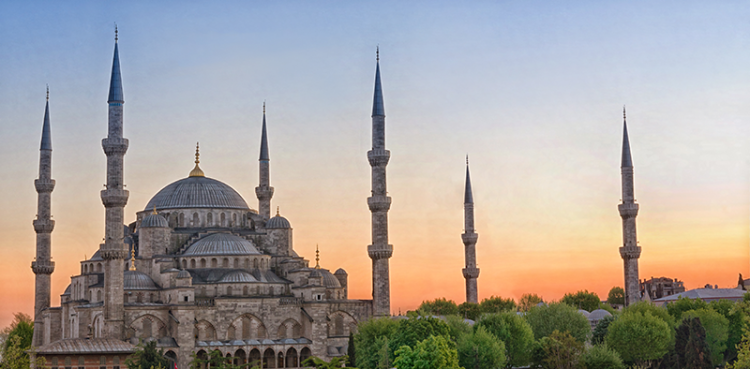After a grad student for Eric Sandvol defends a dissertation, the two will head to Turkey to meet up with other researchers deploying hundreds of small earthquake sensors in the earthquake zone for a National Science Foundation project.
Sandvol, a University of Missouri professor of geological sciences, and his grad student leave for Turkey on April 27. There, they will meet up with teams from Georgia Tech and the Scientific and Technological Research Institution of Turkey. It's Turkey's counterpart to the NSF, Sandvol said.
The small, autonomous sensors are a little bigger than a soda can. Unlike traditional seismographs, they're not required to be anchored in concrete, he said.
"These things, you just put them in the ground," Sandvol said. "You can deploy hundreds very rapidly. We will have a total of 250 of them."
The project is supported by an NSF rapid response grant.
They measure ground motion in three directions, he said.
The February earthquakes in Turkey and Syria were unusual in several ways, making them good for research, Sandvol said.
"Number one, they were really big," he said.
The East Anatolian fault, where the earthquakes occurred, is a strike-slip fault, which doesn't typically produce large-scale earthquakes. The 7.8 magnitude and 7.5 magnitude earthquakes occurred nine hours apart
"This is really big for the kind of fault it's on," Sandvol said. "That's the reason so many people lost their lives."
Where there's a bend in the fault is where an earthquake usually stops. Not this time, he said. It continued around a bend in the fault zone into a part of Turkey that borders Syria causing more destruction in that country.
Why didn't it stop this time?
"That's one of the reasons we want to go there," Sandvol said. "It's a really interesting research question."
The second earthquake probably shouldn't be considered an aftershock, because it was nearly as strong as the first one, Sandvol said.
"It was a comparable size," he said. "Usually aftershocks are orders of magnitude smaller."
What happened in Turkey is considered a doublet, he said.
There has been enough restoration of infrastructure that the project will be safe, Sandvol said.
"Our colleagues have already been to the earthquake zone," he said.
They will be staying in a region that suffered little damage, he said.
